|
With help from a grant from the Mississippi River Network, LWV UMRR and artist Christine Curry will be showing up at venues up and down the river with this display. Come and see it when it's in your area! Here's a partial list - sign up to get updates as we travel! Friday, April 12-20: Pure Iowa Water—Pop Art Exhibit Opening Reception Friday, April 12 from 2 to 4 p.m. at the Galena Public Library, Galena, Illinois. Exhibit remains on display until April 20th. For more details, click here. Monday, April 22-23: Pure Iowa Water—Pop Art Exhibit will be at the Musser Public Library in Muscatine, Iowa with a special Earth Day program starting at 6 p.m., Monday, April 22nd. For more details, click here. Wednesday, April 24-25: Pure Iowa Water—Pop Art Exhibit will be at the Environmental Learning Center in Muscatine, Iowa, with a special presentation at Thursday, April 25th at 10 a.m. For more details, click here. Many more dates to come, from St. Paul to St. Louis! Sign up to get updates and come see the exhibit when it comes to a river town near you!  Mary Ellen and brother David, a few years ago Mary Ellen and brother David, a few years ago The Nishnabotna is a river in southwestern Iowa. It starts in Carroll County, Iowa, and flows south, entering the Missouri near Watson, Missouri. The predominant land use in the area is row crop agriculture. Small cities along the river include many businesses that support agriculture. The West Nishnabotna is a designated water trail and outfitters will set folks up with kayaks and tubes to enjoy the river. LWV UMRR Chair, Mary Ellen Miller, was born in Red Oak, Iowa, a small town on the banks of a small river, the East Nishnabotna. She remembers standing on her porch as a small child, watching the flooded river lapping at the steps of her family home. The river flooding was exacerbated by removal of wetlands and natural ponding, and straightening of the meanders that used to hold water upland. The Nishnabotna is a very different river than it was before Europeans arrived on the prairie. The Spill: On March 11, a massive spill of liquid fertilizer from the NEW Cooperative in Red Oak was discovered. Apparently, it had begun on March 9, when a valve was left open and 1500 tons (265,000 gallons) of inorganic fertilizer were discharged into a drainage ditch that flows into the East Nishnabotna. Iowa DNR is investigating. According to the Iowa Capitol Dispatch (3/13/24), "An investigation into the extent of the environmental damage is pending, but the crop fertilizer killed fish and might have affected the river all the way to the Missouri border, which is about 40 miles downstream from the southwest Iowa town, said Wendy Wittrock, a DNR senior environmental specialist who investigated the incident. Wittrock said it is likely the largest fertilizer spill she has investigated: “It is a lot of fertilizer.” The spill was reported Monday morning by NEW Cooperative after one of its employees noticed the leak and stopped it. The cause of the spill is under investigation, but the fertilizer leaked from a valve in an area where it is transferred from a very large tank into smaller tanks for distribution. The large tank — which holds about 500,000 gallons — is in a containment area that can prevent wider spills, but the transfer area does not have the same protection, Wittrock said. It’s unclear how long the valve was leaking. “Upon discovery of the spill, management immediately initiated containment protocols as per our established safety procedures,” NEW Cooperative said in a prepared statement on Wednesday. “We promptly notified the appropriate local authorities and regulatory agencies and have been working diligently in close cooperation with them ever since.” A spokesperson for the Fort Dodge-based cooperative declined to comment further. That amount of fertilizer is worth hundreds of thousands of dollars. Impacts of the Spill: Dead Fish
Dead fish and other river life line the watercourse, all the way to the Missouri River, 60 miles from the spill. The Des Moines Register reports "State conservation officials have found no living fish in the East Nishnabotna River south of Red Oak — the result of a massive fertilizer spill at a farmers cooperative. The only living fish were discovered near Hamburg in far southwest Iowa, downstream of where the river joins with the West Nishnabotna, said John Lorenzen, a fisheries biologist for the Iowa Department of Natural Resources. However, the handful of surviving carp he saw appeared to be in the process of dying. “I’ve never dealt with a situation like this before,” Lorenzen said." In a March 27 article, the Iowa Capitol Dispatch reports that 750,000 fish died in this incident. This number would have been higher except that the fish populations are low at this time due to cold temperatures and low flows. Impacts of the Spill: Drinking Water Risks The DNR alerted towns downstream from Red Oak about the potential effect the spill might have on drinking water, although none of the towns draw water directly from the river. Several of them have relatively shallow wells near the river, according to DNR records. The Iowa DNR is encouraging private well owners near the river in Montgomery, Page and Fremont counties to contact their county health department to test their wells for nitrate. The service is free using Iowa's Grants-to-Counties (GTC) program. Missouri state officials are also investigating the impacts the spill might have on the Nishnabotna River, which goes for about 10 miles in that state before joining the Missouri River. Kansas City draws drinking water directly from the river, but the Missouri River is large and the city is more than 100 miles downstream. “We think it’ll be fairly diluted by the time it gets down here,” said Karen Rouse, a regional director for the Missouri Department of Natural Resources. (Source: Iowa Capitol Dispatch 3/13/24) Impacts of the Spill: Risk to Livestock Because of low water levels in the East Nishnabotna, the concentration of liquid nitrogen fertilizer is higher than normal and causing concern for animals due to high nitrate and urea levels. The Iowa State University College of Veterinary Medicine Toxicologist Scott Radke recommends animal owners keep them away from the river until the fertilizer moves out of the area. (Source: WQAD News, March 13, 2024)
Our speakers are ardent and knowledgeable people who know hydrology and are passionate about the rugged terrain and wild waters of the Driftless area. The video starts with the basics - how groundwater works, interconnections to surface water, land use impacts and drinking water impairment. Jeff Broberg led us through this with humor and grace. Jeff's home in rural Winona doesn't have a safe water supply, so he has a personal stake in the water quality of the area. Next our speakers addressed two examples of watersheds - one in Minnesota and one in Iowa. The WinLac watershed in Minnesota surrounds the cities of Winona and La Crescent, along the Mississippi. The uplands of this watershed are in the Karst bluffs and land use has heavily impacted drinking water quality. Paul Wotzka described the impacts we see in this small watershed, including the impacts of row crop and animal agriculture. When land use changes, water quality improves. How does that work? Paul explained how his land practices have improved the water at his home. The second watershed we looked at is Bloody Run in northeastern Iowa - read more about Bloody Run at this link. Larry Stone is part of the Save Bloody Run movement, and he provided an update on where this case is in the courts and on the ground. The webinar wrapped up with a lively question and answer session led by LWV UMRR Chair Mary Ellen Miller. Many thanks to our speakers for this excellent program!
The LWV UMRR blog is going to focus on groundwater for the next few months. This month we have two posts on the transfer of groundwater from state to state and country to country through bottled beverages and agricultural products. In "Exporting Water from the Mississippi - one 0.5liter Bottle at a Time", we take a look at the efforts of Niagara Bottling to site water bottling facilities in Minnesota and Wisconsin. This California company is seeking to expand in areas where cities will use their water supplies to encourage economic growth - the catch is that municipal water supplies are rated a higher priority than industrial uses, so an industrial use of municipal water takes advantage of a loophole in the system. The second post, "Groundwater is moving across the world in products" looks at the use of Arizona groundwater to raise alfalfa for dairy herds in Saudi Arabia. Arizona passed an act requiring the big cities to manage groundwater sustainably, but that law does not apply outside these major population centers... another loophole being exploited to access water. Minnesota also passed a Ground Water Protection Act, back in 1989. The Minnesota Ground Water Association charged a team with developing a white paper that looks at implementation of the Act in the past 30 years, and then looks ahead to what more needs to be done. (You can view a video on this Act and White Paper at this link.) One issue that stands out through all of these is the movement of water from one state, or one country, to another. Without clear policies to govern sharing (and not sharing) of water, there will be piecemeal protections and continuing over-withdrawals.
There's a lot of water in Minnesota. With extensive resources of both groundwater and surface water, this is becoming a draw for water-intensive industries. The current proposal that's in the news is a water bottling plant that is proposing to use municipal water from the City of Elko New Market (locals call it ENM). The company proposing the plant is California-based Niagara Bottling.
This plant would be located in a newly-approved industrial park being built along Interstate 35 in Scott County, on the south edge of the Twin Cities Metro area. The City of ENM draws it's water from wells finished in the Jordan Aquifer, a major water supply aquifer for many other cities in the area. Springs from this aquifer form the headwaters of the near-by Vermillion River, a tributary to the Mississippi. Residents have raised concerns about the project, citing noise, traffic and well interference. They are fighting the project through social media, demonstrations and advocacy in various ways. This blog post will focus on the issues of water use increase and water export, not the other local issues of concern. The City of ENM held a public meeting on the project - there were so many testifiers at the meeting that it was held over from December 15 to December 20. This story on KARE11 provides a good update on this process. Here's the link to view the recorded City Council meetings that include these hearings. Water appropriations in Minnesota are regulated by the Minnesota Department of Natural Resources,this page on the DNR website provides statutory reference and information on how it works. In this case, expansion of the amount allowed to be withdrawn from the Jordan by the City of ENM requires modification of the city's appropriation permit. DNR staff has confirmed that DNR has received a permit amendment request from the City, and advised the City that they must first update their Water Supply Plan if they want to increase water usage related to a bottling plant. This plan will identify what measures will be implemented in case of a water crisis in order to maintain aquifer levels, and reduce potential well interference and water use conflicts. Once the Water Supply Plan is updated, DNR and the Metropolitan Council (a coordinative body of government responsible for planning in the Twin Cities) will evaluate the plan for sustainability and environmental impacts. If the proposed project does not meet state sustainability standards, DNR will not authorize the increase in water appropriation. Conversely, if the proposal meets the standards, the expansion of the city's appropriation permit will be allowed. The author of this post has requested more information on what standards DNR will specifically apply, but no answer was received as of noon on December 19. The concerned citizens in ENM also have filed a request for specific environmental review of the project. They filed a petition with the Minnesota Environmental Quality Board with 400 signatures requesting that an Environmental Review Worksheet for the project. The EQB approved the petition and assigned the EAW preparation to DNR; this will move forward in a separate process. This type of project has been seen elsewhere, where water-intensive industries plan to use municipal water supplies to supply water for their projects. Niagara will be opening a new plant in Baltimore County, Maryland in the spring of 2023. The city's 'robust water supply' was listed as a reason this location was chosen - read more here in an April 2022 press release from the Governor of Maryland. Niagara had also proposed a similar plant in Eau Claire, Wisconsin, which fell through earlier this year amid local opposition. Here's a link to a Wisconsin Public Radio story on the project. There, Niagara pulled the proposal before the Eau Claire City Council could vote, but WQOQ News 18 reports the plans could be resubmitted. The interstate transfer of water, and inter-basin transfer of water, is an area that needs more policy work. One example is a project where a Rural Water system in northwestern Iowa draws water that's 'sold' to users in the surrounding four-state area. This article in the Iowa Capitol Dispatch shows the impacts that water withdrawals have had on the Ocheyedan River, which has now run dry four out of the last seven years. The water is being pumped from shallow aquifers by the Osceola County Rural Water System, which sells water to the Lincoln-Pipestone Rural Water system used largely by southwestern Minnesotans. (This is not the only source of water used by Lincoln-Pipestone.) According to the Iowa Capitol Dispatch article, the Osceola County Rural Water System has a deadline of March 31, 2023, to submit a plan to potentially reduce its pumping rates when river levels are low. If it doesn’t, “the DNR may unilaterally proceed with other actions to protect the use of the water supply,” according to the letter the department sent to the utility in November. We will continue to report on progress of this project on this blog. Here's a link to a recent on-line news report about the controversy. This news story on the local Twin Cities Fox affiliate provides a video:
Membership in the Climate Interest Group is open to all LWV members. The CIG has ten teams that are organized around ten topic areas - you can link to these teams from the CIG website. The teams meet monthly by Zoom, sharing information on research and events linked to their topic. LWV UMRR would welcome members from these groups providing updates on these meetings to UMRR so that we can all benefit from the work of the CIG. If you are interested in being a link between UMRR and these groups, please email us at [email protected]. Thanks!
Here is a quote from comments that the Mississippi River Network's Masiah Kahn made at the December 14 HTF virtual public meeting:
This annual public meeting is the only opportunity that the public, non-profit organizations, and other stakeholders get to engage the Task Force as a whole – and we think the Task Force can do much better to encourage and enable robust public participation in a meeting like this. I echo the concerns raised about the fact that despite incremental progress in reduction strategies and the increased adoption of innovative conservation practices, we are nowhere near the interim target of reducing nitrogen and phosphorus loading by 20 percent by 2025. We can no longer keep doing the same thing and expecting different results. It’s also hard to see the forest for the trees when the Task Force’s overarching goals are not front and center in meetings like this. You can find the presentations and comments from Dec 14 Hypoxia Task Force meeting at this link. The Wisconsin Section of the American Society of Civil Engineers and LWV Wisconsin co-sponsored a series of meetings on Wisconsin's infrastructure in the past year. The videos from these 11 meetings are now posted. Here's the information on the meetings that Carol Diggelman (Emerita Professor, Civil & Architectural Engineering & Construction Management Department, MSOE; Co-Chair, LWV of Milwaukee County Natural Resources Committee and Member, LWVWI and ASCE WI Section) shared recently. 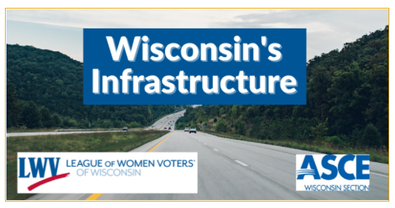 ASCE WI-LWVWI “Invest in Wisconsin’s Infrastructure” Overview and Category Series are now complete. You will find the links to video recordings of all programs below. Overview meeting links can also be found on the ASCE WI YouTube channel. Category meeting links can be found on the LWVWI website at this link. We encourage everyone to forward these program links to others, particularly your elected officials. Recordings: Overview Series
Category Series
The video of this webinar is available for viewing now at this link: https://youtu.be/SodForAydqQ
On October 4, LWV UMRR hosted a panel discussion on PFAS. Our presenters helped us understand how PFAS have become a big part of our lives – present in food packaging, household products and drinking water – and what we know about how they affect our health. As awareness of PFAS contamination grows, communities are struggling to cope with tainted drinking water while engaging in advocacy to increase public awareness and bring about constructive change. Watch the video to learn what the federal government and states are doing to establish safe standards for drinking water and ban the use of PFAS in manufacturing. Most importantly, learn what you can do to help protect yourself, your family and your community. OUR PANEL Jeff Lamont – Retired hydrogeologist, works with SOH2O (Save Our H2O) to ensure safe drinking water for residents in Northeast Wisconsin and to advocate for state and federal standards for PFAS compounds. Jeff resides in the Tyco/JCI groundwater contamination plume in the Marinette and Town of Peshtigo area and has a private well impacted by PFAS. Jeff and his wife have been living with bottled water for drinking and cooking for the last 3.5 years. Erika Schreder – Science Director, Toxic-Free Future, conducts and publishes research on toxic chemicals, their presence in people and products, and safer alternatives. Deanna White – Minnesota Director, Clean Water Action, coordinates EPA and state level interactions for policy and legislation. Deanna has an extensive background in community organizing and advocacy.
Program at LWV Park Rapids (MN), October 24, 2019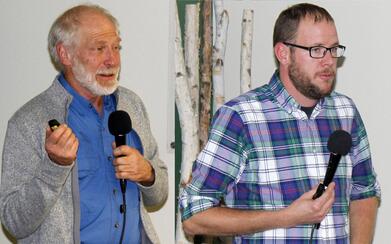 The League of Women Voters Park Rapids Area tackled ground water sustainability concerns in their October 24 meeting. Ground water sustainability is a critical issue to people in the Park Rapids area. The City of Park Rapids has had to deal with excess nitrates in one city well. Many rural residents need to buy bottled water for drinking and cooking because of nitrate concerns. Is this the “tip of the iceberg” or are there ways to manage our groundwater that will allow for industry, agriculture and citizens to share this valuable resource? (photo - Park Rapids Enterprise) Two speakers were on hand for this meeting. The first speaker was Dr. George Kraft, a hydrologist and Professor Emeritus of Water Resources at the University of Wisconsin, Stevens Point. In his thirty years at UW Stevens Point, Dr. Kraft has performed research, advised on policy and doing Extension education on groundwater sustainability issues. His work has concentrated on nitrate pollution of groundwater and drinking water, and how groundwater irrigation pumping has caused a decline in streamflows and lake levels in central Wisconsin. He has published extensively on groundwater concerns, and is sought after as an advisor on scientific and policy workgroups. Dr. Kraft spoke at an LWV UMRR meeting in Stevens Point in April of 2018.
Dr. Kraft’s Park Rapids presentation reflected on his 30 year record of research on how irrigated farming, mainly for potato, other vegetables and field corn have affected groundwater quality and quantity in central Wisconsin. In central Wisconsin, the main issues are extensive nitrate pollution, as over 40 percent of wells in some townships exceed standards, and drying of lakes and streams by unlimited irrigation. This sounds familiar to folks in the Park Rapids area. Dr. Kraft discussed how politics and a strong industry lobby have stymied even discussing the causes and effects of water challenges, let alone suggesting policies on how to manage them. Though Park Rapids area industry, geography, geology and politics may differ from those that exist in central Wisconsin, that region’s experiences may be a help in advancing more proactive discussion and avoiding pitfalls. The second speaker was Minnesota Department of Natural Resources (DNR) Area Hydrologist Darrin Hoverson. Darrin’s responsibilities include surface and groundwater resource management, water resource compliance and regulation as well as providing technical analysis, assistance and information to the public, local and state units of government and other water resource professionals. Having grown up in the Park Rapids area, being an active member of this community and with his 12 years of work at the DNR, Hoverson provides a deep understanding of the area’s natural resources, the community and local issues and concerns. His education includes a Master’s in Water Resources from the University of Wisconsin, Stevens Point, and a Bachelor’s degree in Aquatic Biology from St. Cloud State University. In his candid and thorough presentation, Hoverson provided a brief history and update on DNR groundwater management efforts within the Pineland Sands & Straight River Groundwater Management Areas, ongoing and future monitoring and groundwater studies and private/public partnerships. He focused on DNR’s roles and authority in ensuring the sustainable use of the region’s groundwater and groundwater dependent resources. The session was recorded, and is available on You Tube here. There was lively discussion following the presentations, which is included with the video here. |
|||||||||||||||||||||||||||||||||||||||||||||
| LWV Upper Mississippi River Region | UMRR blog |
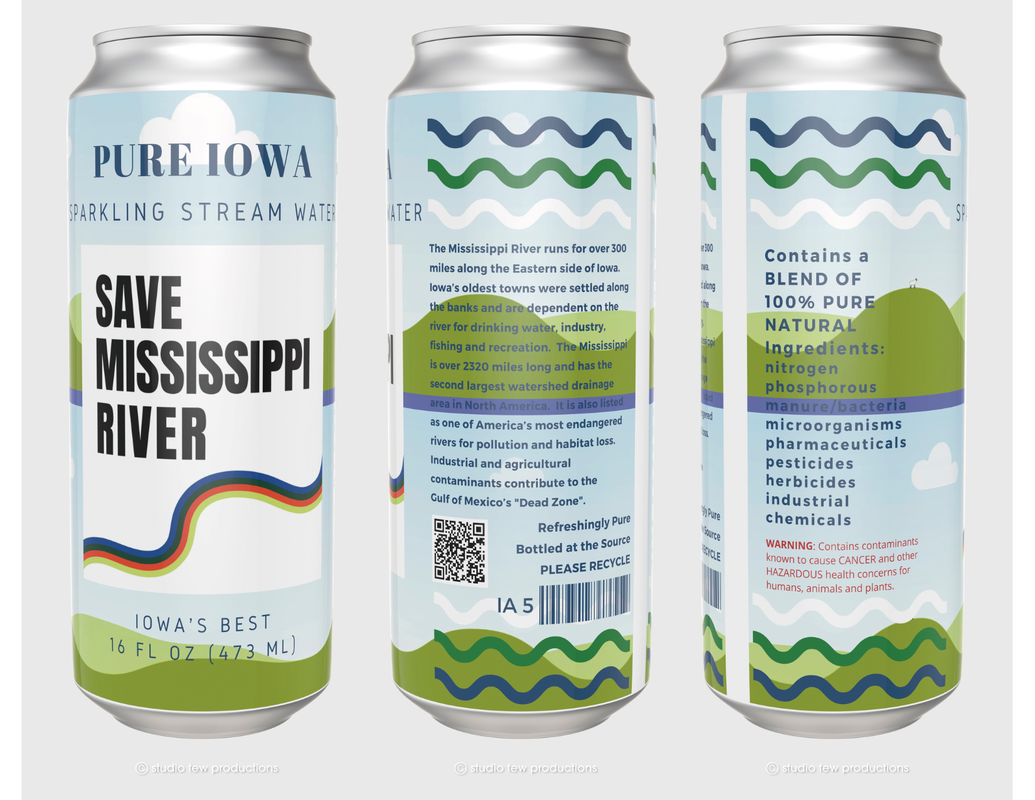
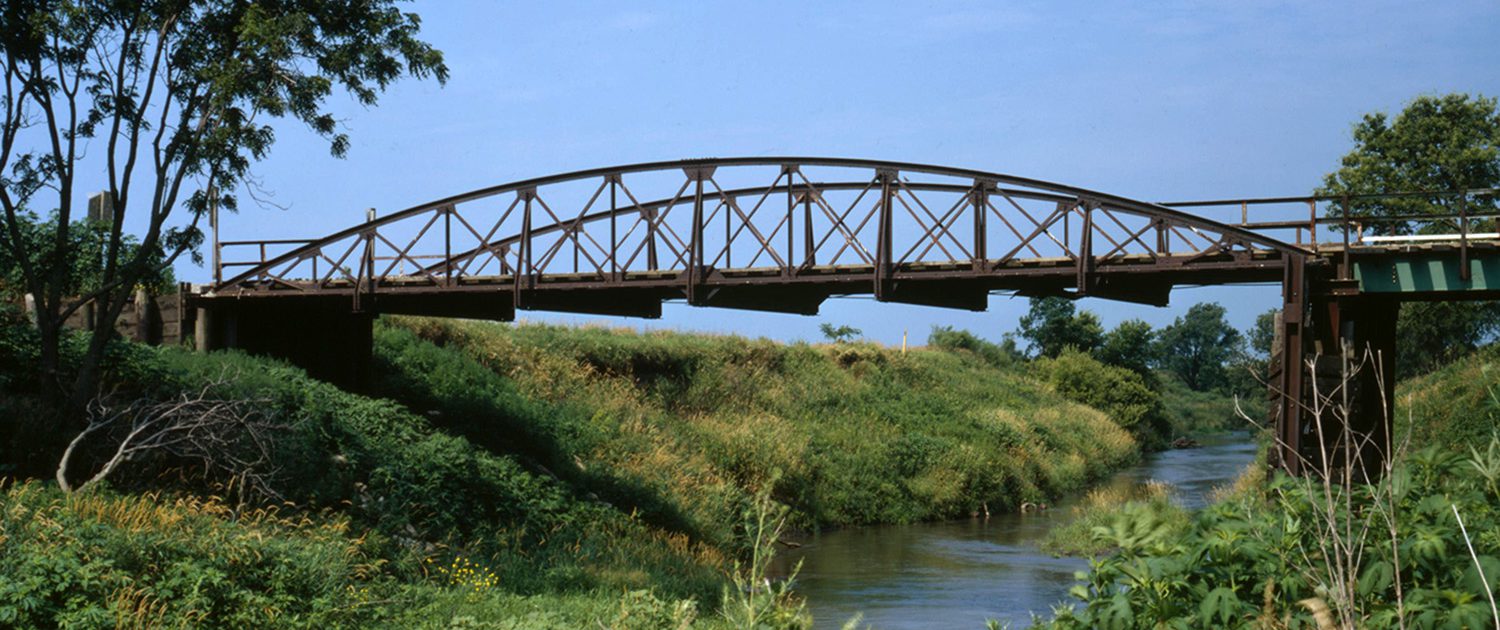
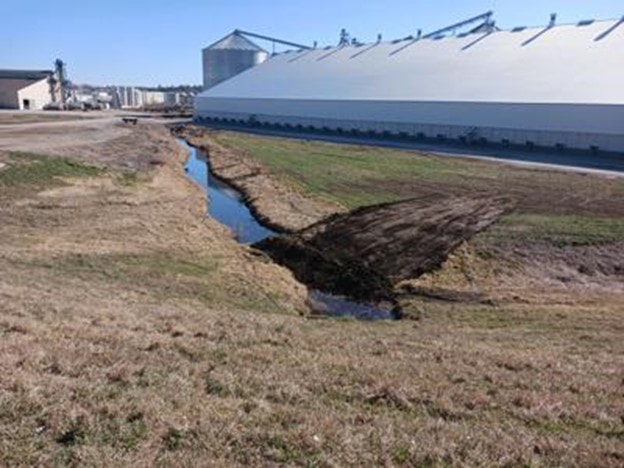
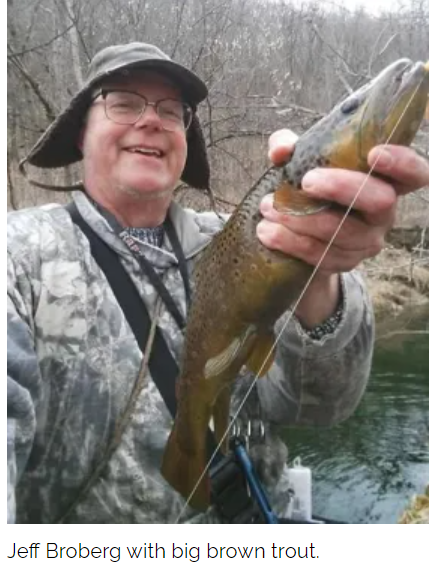
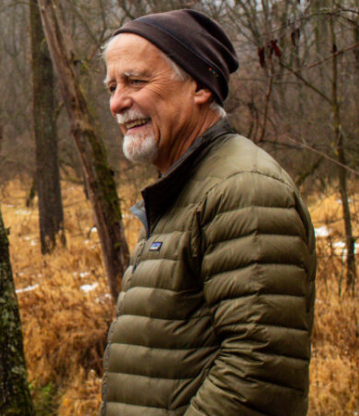
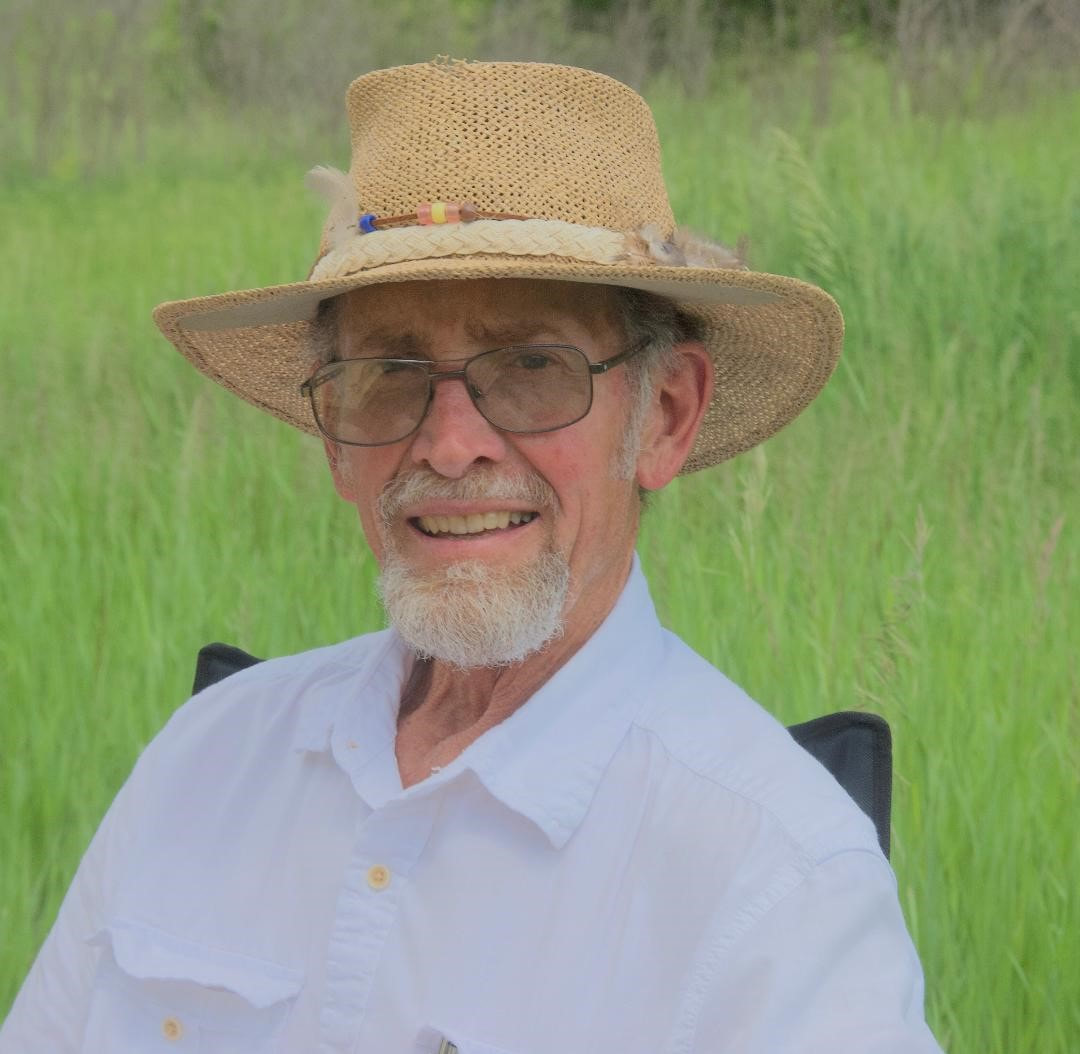
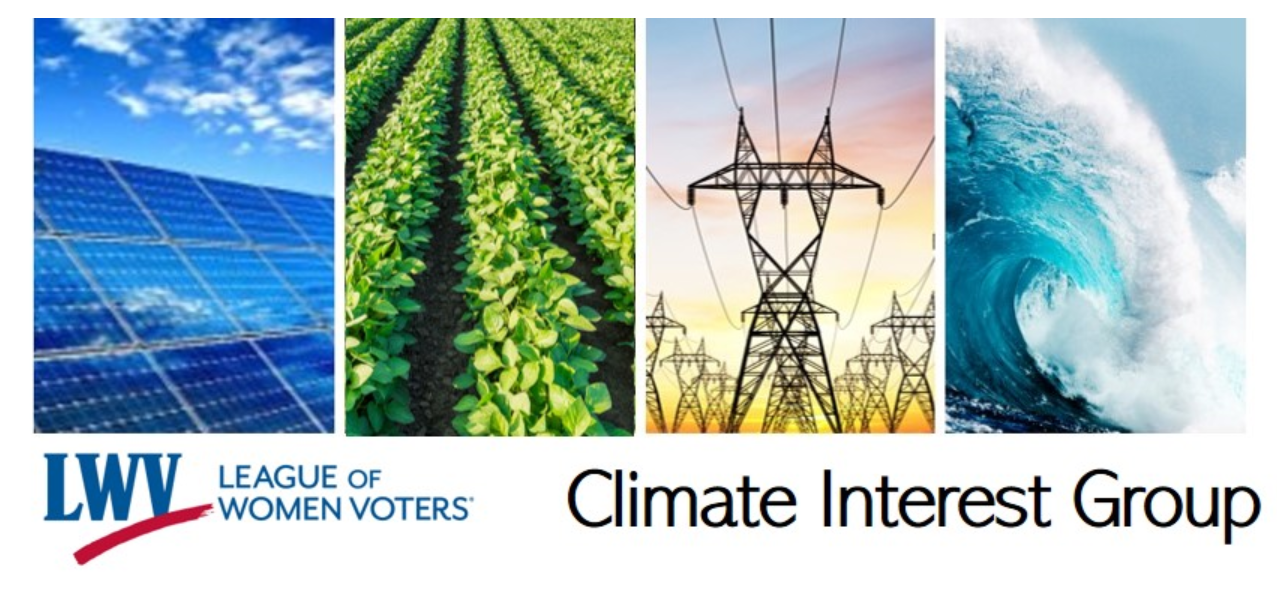
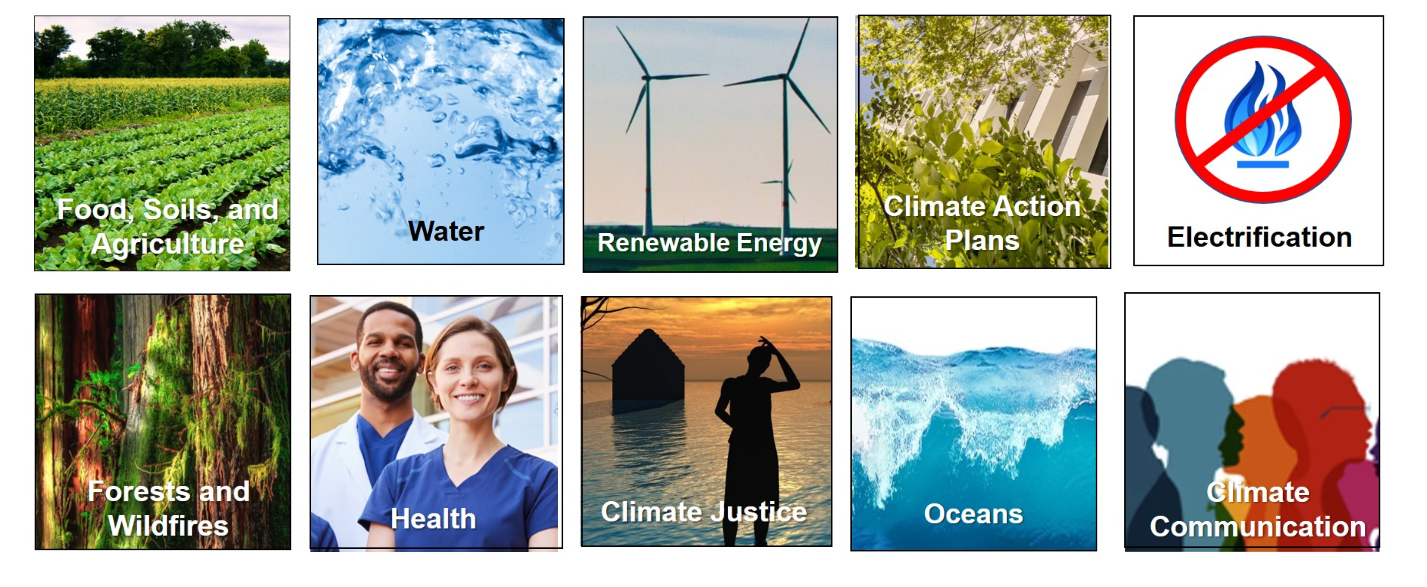
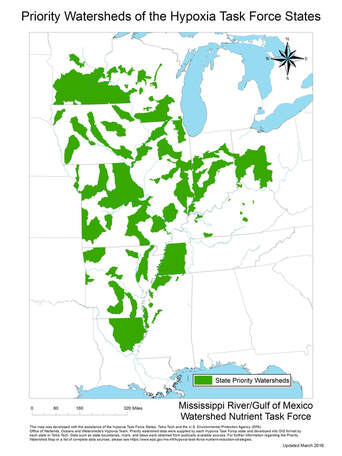
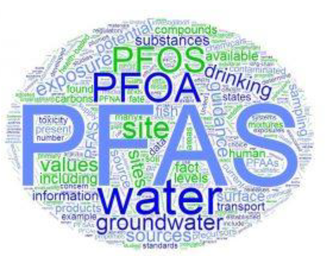

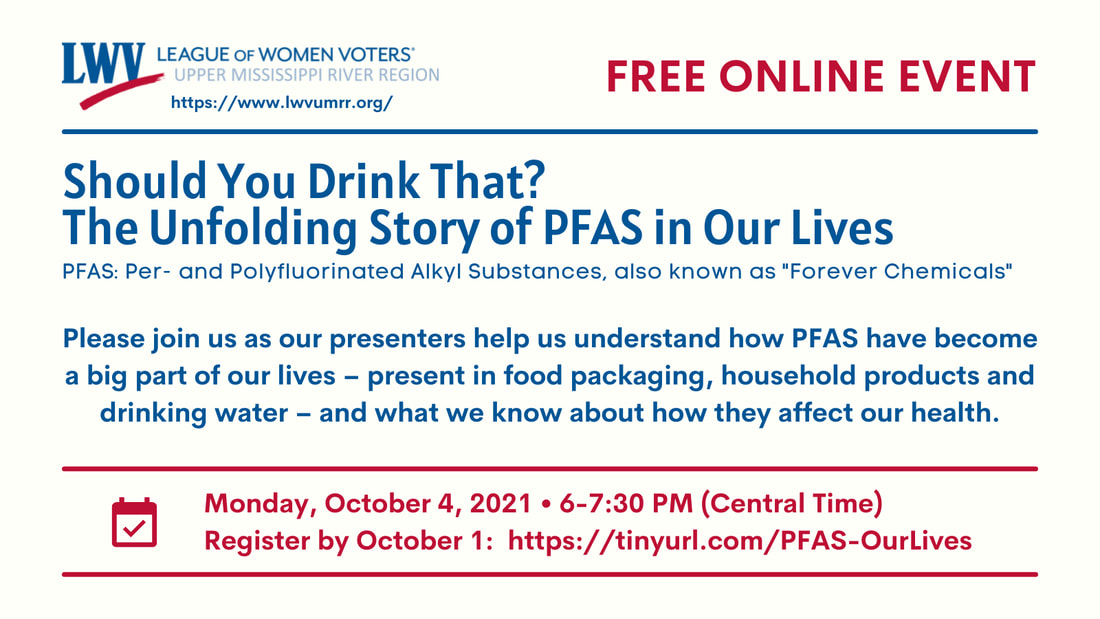
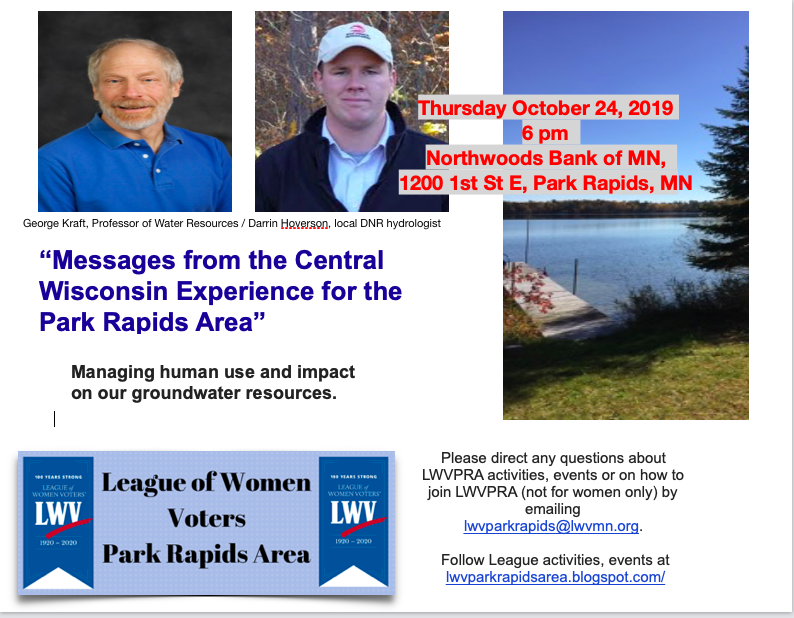
 RSS Feed
RSS Feed